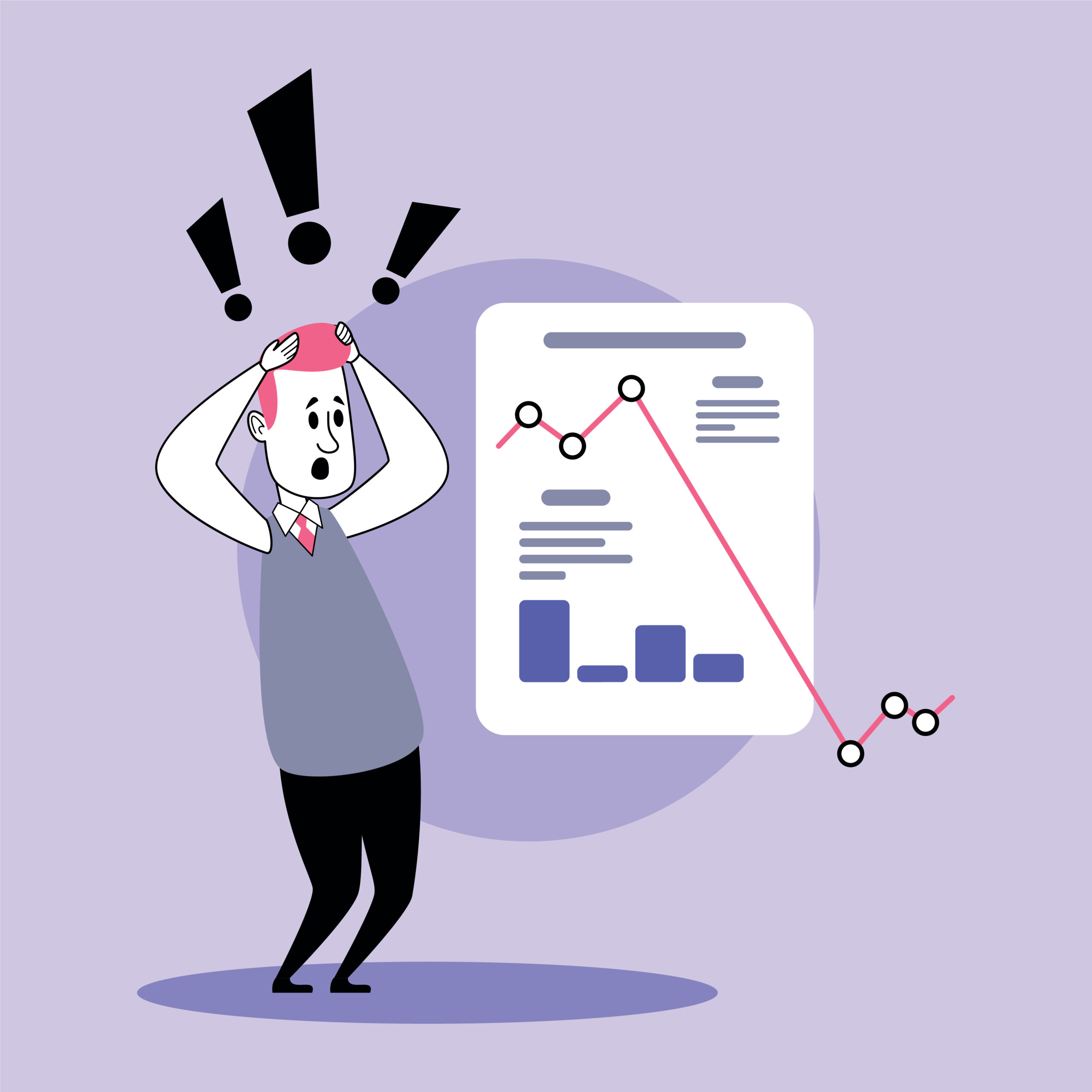Posts tagged Public Sector Workers

Testimony: Rachel Greszler: Labor Law Reform Part 1: Diagnosing the Issues, Exploring Current Proposals
October 10, 2025 // SummaryToday’s challenges—from the rise of artificial intelligence to the expansion of independent work and the growing demand for flexibility, autonomy, and new skills—necessitate modernized labor laws that are pro-worker and pro-employer, regardless of the type of workplace. Heavy-handed government interventions and attempts to bring back the 1950s’ ways of work are not the answers. American labor laws should preserve the freedom, dignity, and opportunity that make American work exceptional.

Commentary: When fighting Trump, take union claims with a grain of salt
October 7, 2025 // Government unions faced another momentous reform seven years ago when the Supreme Court ruled in Janus v. AFSCME. The court held that public sector workers have a First Amendment right to completely withdraw from union membership and dues. In essence, the court created a nationwide right-to-work law for all public sector workers, including teachers, police officers, firefighters, and all other federal, state, and local government workers. No longer would they have to join or pay a union to keep their job. Government unions hated this ruling, of course. In a desperate attempt to sway the Supreme Court, union-paid prognosticators predicted massive negative economic effects if the court ruled against unions.
US union membership declining in ‘right-to-work’ states, report reveals
September 8, 2025 // Right-to-work laws allow workers represented by unions to stop paying dues for the services and benefits they receive through union representation, depleting resources from labor unions. Public sector workers in all 50 states have also had their collective bargaining rights stripped through the imposition of right-to-work laws by the US supreme court’s 2018 decision Janus v AFSCME. In 2024, states that protect collective bargaining saw an increase of nearly 10,000 union members, compared with the loss of 200,000 union members in states with right-to-work laws.
‘Trump and Musk are setting the example’: how companies are becoming emboldened to be more anti-union
April 10, 2025 // That tougher behavior under former president Ronald Reagan sped the decline of private sector unions. Today, just 6% of private sector workers are in unions, while 32% of public sector workers are. Anti-union ideologues are increasingly targeting public sector unions, which often support Democrats. “Because almost half of the labor movement is now in the public sector, the assault that we’re seeing now is really focused on the public sector,” McCartin said. “That really threatens to break the spine of the labor movement.”
Fighting Hunger on the Picket Line: Bold New Bill Stands with Striking Workers and Their Families
April 2, 2025 // Under current rules, households with striking members are excluded from SNAP eligibility unless already qualified before the strike. The proposed legislation would eliminate this restriction, allowing striking workers to access critical nutrition assistance. Additionally, the bill would affirm eligibility protections for public sector workers fired for striking and ensure income-eligible households with striking members can still receive SNAP benefits.

The leader of a major government union outlines their strategy to battle Trump federal cuts—And says Elon Musk has ‘no clue’ about workers
March 16, 2025 // We’re filing these lawsuits—that's number one. We are pushing even though we understand that the climate here in Washington, D.C. is not the best. But we’ve still got to continue to go on the offense, as I said earlier. We are supporting the PRO Act, which would give workers the right to have a seat at the table to improve labor labor law in this country. We're doing the same thing with the Public Freedom to Negotiate Act for public service workers.

Commentary: In New Record Low, Unionization Rate Falls to Single Digits in 2024
February 3, 2025 // By focusing on individual workers’ desires and on helping workers achieve long-term wage gains through increased productivity (which require allowing technology and automation that enhance productivity), unions could begin to reverse their decline. And policymakers can help prioritize workers’ rights and voices by allowing voluntary labor organizations and reducing government-imposed barriers to work.

Conservative Wisconsin Supreme Court justice steps aside in pivotal union rights case
January 31, 2025 // A conservative Wisconsin Supreme Court justice said Thursday he will not participate in a pending case that will determine whether tens of thousands of public sector workers regain collective bargaining rights that were taken away by a 2011 law. Justice Brian Hagedorn drafted the law, known as Act 10, when he was chief legal counsel for then-Gov. Scott Walker. His decision to recuse himself from the case leaves the court with four liberal justices and two conservatives.

Opinion: Six Ways to Hold Government Unions Accountable
January 10, 2025 // For generations, government unions have existed for their members to be organized and have a seat at negotiating tables. But for too long, the influence of those public employee unions has been less about negotiating raises and sick leave and more about funneling taxpayer dollars and volunteers toward partisan political activity that almost exclusively benefits the Left. Government unions should re-focus their energy and resources on their intended purpose: working on behalf of public-sector employees so those workers can do the job the American people hired them to do.
Illinois needs responsible Tier 2 pension reform
November 22, 2024 // Illinois is at risk of getting in costly trouble with the federal government over its Tier 2 public employee retirement benefits. Here’s a solution that doesn’t make the state’s monstrous public pension debt even worse. Illinois’ public pension problems are facing a new threat impacting the newer hires covered under the more modest “Tier 2” retirement benefits: the state can either add $280 million a year into their plans or face the feds demanding over $856 million a year.
